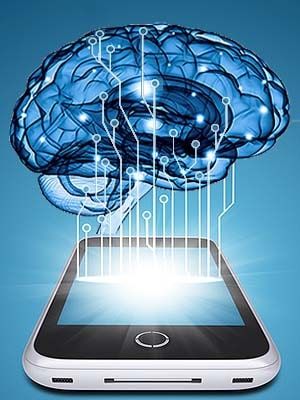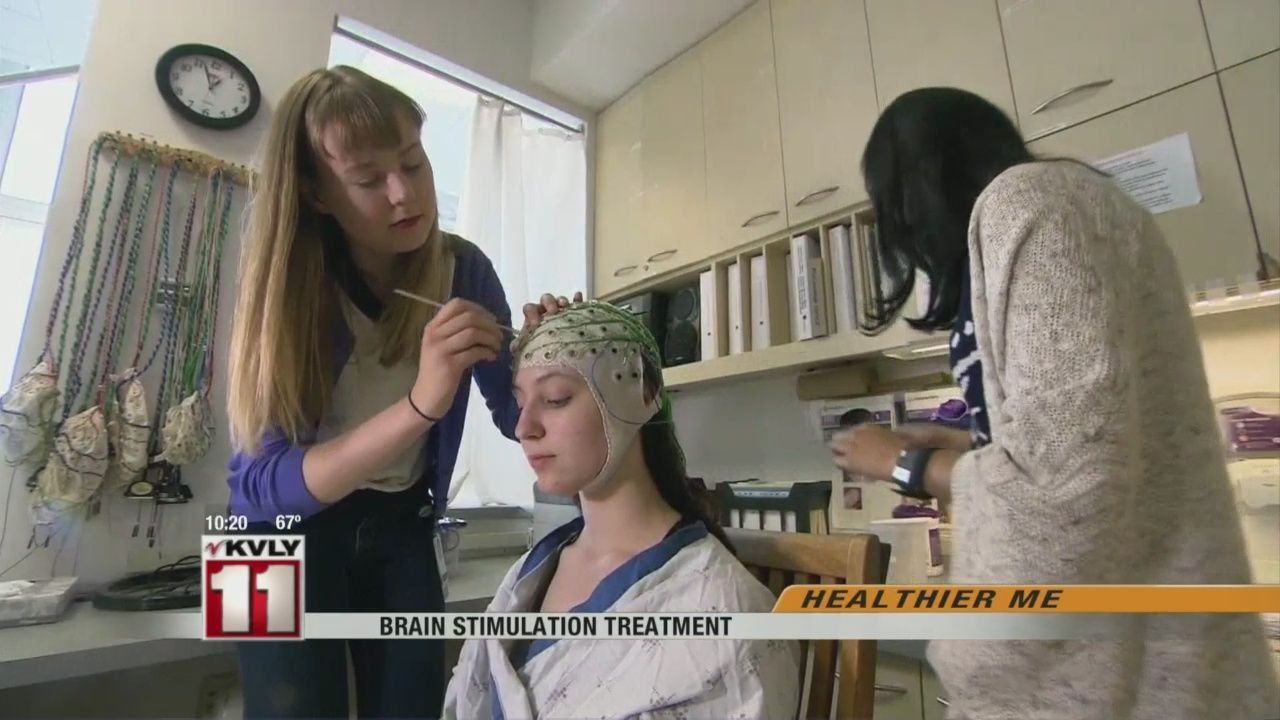Page 10866
Jul 2, 2016
US opens investigation into Tesla after fatal crash
Posted by Aleksandar Vukovic in categories: robotics/AI, sustainability, transportation
The driver of a Tesla car died in Florida in May after colliding with a lorry.
Under scrutiny is Tesla’s Autopilot feature, which automatically changes lanes and reacts to traffic.
In a statement, Tesla said it appeared the Model S car was unable to recognise “the white side of the tractor trailer against a brightly lit sky” that had driven across the car’s path.
Continue reading “US opens investigation into Tesla after fatal crash” »
Jul 2, 2016
Are You In A Leadership Role? Here’s What You Need To Know About Your Brain
Posted by Karen Hurst in category: neuroscience
In my work, I talk a lot about how to reduce fear in the workplace and structure full engagement. The HeartMath Institute’s work brings to light a key component of this type of leadership. When I speak about things like recruiting based on company values, aligning people with an emotionally compelling mission and vision, creating an environment of safety and belonging, frequently recognizing and celebrating achievements so that people know they matter…I am also talking about how to engage the hearts of your people. Engaging the heart is a key component of evolving a “Smart State”. It’s time to consider the heart brain at work.
Christine Comaford is the author of SmartTribes: How Teams Become Brilliant Together.
Jul 2, 2016
How brain implants can let paralysed people move again
Posted by Karen Hurst in category: biotech/medical
Something as simple as picking up a cup of tea requires an awful lot of action from your body. Your arm muscles fire to move your arm towards the cup. Your finger muscles fire to open your hand then bend your fingers around the handle. Your shoulder muscles keep your arm from popping out of your shoulder and your core muscles make sure you don’t tip over because of the extra weight of the cup. All these muscles have to fire in a precise and coordinated manner, and yet your only conscious effort is the thought: “I know: tea!”
This is why enabling a paralysed limb to move again is so difficult. Most paralysed muscles can still work, but their communication with the brain has been lost, so they are not receiving instructions to fire. We can’t yet repair damage to the spinal cord so one solution is to bypass it and provide the instructions to the muscles artificially. And thanks to the development of technology for reading and interpreting brain activity, these instructions could one day come direct from a patient’s mind.
We can make paralysed muscles fire by stimulating them with electrodes placed inside the muscles or around the nerves that supply them, a technique known as functional electrical stimulation (FES). As well as helping paralysed people move, it is also used to restore bladder function, produce effective coughing and provide pain relief. It is a fascinating technology that can make a big difference to the lives of people with spinal cord injury.
Continue reading “How brain implants can let paralysed people move again” »
Jul 2, 2016
Could ‘Zaps’ to the Brain Help Fight Glaucoma?
Posted by Karen Hurst in categories: biotech/medical, health, neuroscience
FRIDAY, July 1, 2016 (HealthDay News) — Electrical pulses to the brain may help restore vision in some partially blind patients, German researchers report.
Glaucoma and other types of damage to the eye’s optic nerve typically cause permanent damage. But, the new technique appears to kick-start the brain’s visual control centers, the researchers explained.
A 10-day treatment regimen — entailing upwards of nearly an hour a day of electrical pulses aimed directly into the eye — improved vision among patients who were losing their sight, the researchers said.
Continue reading “Could ‘Zaps’ to the Brain Help Fight Glaucoma?” »
Jul 2, 2016
New Gaming Software Hopes to Train Brain to Resist Sweets
Posted by Karen Hurst in categories: biotech/medical, computing, food, health, neuroscience
Games to help fight obesity?
Innovative research uses technology to help people with a sweet-tooth lose weight. Researchers believe they can train the brain to better resist temptation and warn people of an unhealthy urge before the temptation occurs.
Specifically, Drexel University psychologists have created a computer game aimed at improving users’ inhibitory control. Additionally, the investigators are also rolling out a mobile app that used in conjunction with the Weight Watchers app, will alert users on unhealthy urges before they strike.
Continue reading “New Gaming Software Hopes to Train Brain to Resist Sweets” »
Jul 2, 2016
Michael Gove says Britain needs to create its own DARPA
Posted by Karen Hurst in category: futurism
I thought they already had one.
Alasdair Gray, the acclaimed Glaswegian writer and artist, penned a phrase now engraved on a wall of the Scottish Parliament: “Work as if you live in the early days of a better nation.”
Michael Gove, the controversial Caledonian Brexiteer, journalist and Conservative politician, has in turn declared his intention to seek the leadership of the UK Tory Party and thus become the Prime Minister, to “reboot democracy” in a new “start-up nation”.
Continue reading “Michael Gove says Britain needs to create its own DARPA” »
Jul 2, 2016
Treating psychiatric disorders through neuron stimulation
Posted by Karen Hurst in categories: biotech/medical, neuroscience
But those don’t address the electrical circuitry at work in the brain, which scientists hope will provide a more precise option for treatment.
“We’ve focused a lot on the chemical side, because in the mid-20th century, we began to develop the first medications that affected neurotransmitters,” said Dr. Darin Dougherty, director of the division of neurotherapeutics and the department of psychiatry at Massachusetts General Hospital. “The other side, the electrical, that’s been less exploited as a treatment potential.”
Dougherty and others are working to change that. With funding from the Defense Advanced Research Projects Agency, or DARPA, scientists are working to build new ways to treat psychiatric disorders, like PTSD, through deeper understandings of the electrical signals in our brains.
Continue reading “Treating psychiatric disorders through neuron stimulation” »
Jul 2, 2016
DARPA unified space-sensor networks help keep orbiting junk from slamming into something important
Posted by Karen Hurst in categories: military, satellites, surveillance
Now, here is a longer term concept. Could we see a day soon where we have some model of an EPA in Space due to the already junk material (namely abandoned/ broken satellites, etc.) and mining? Wonder who will get the contracts for space cleanup?
DARPA recently said that it had finished integrating seven space-watching networks that will feed tons of new Earth-orbiting junk data into what the agency calls “the largest and most diverse network of space situational awareness networks ever assembled.”
+More on Network World: NASA’s hot Juno Jupiter mission +
Jul 2, 2016
Capitalizing on foundations of innovation
Posted by Karen Hurst in categories: computing, economics, government, internet
Like the USPS; could we see a day when DARPA and IARPA positioned to be revenue generators like big tech? Granted these 2 programs are tax payer funded; however, so is USPS. One option is to for a contracted service fee; could DARPA &/ or IARPA charge fees to tech companies and others for using their technologies?
Two of the most important technological advances that helped fueled much of the country’s record economic growth in the post-WW II era were ubiquitous computing devices and modern communications technologies.
Indeed, most of the companies covered on TechCrunch certainly would not exist if not for the development and commercialization of microprocessors and the internet.
Continue reading “Capitalizing on foundations of innovation” »

















